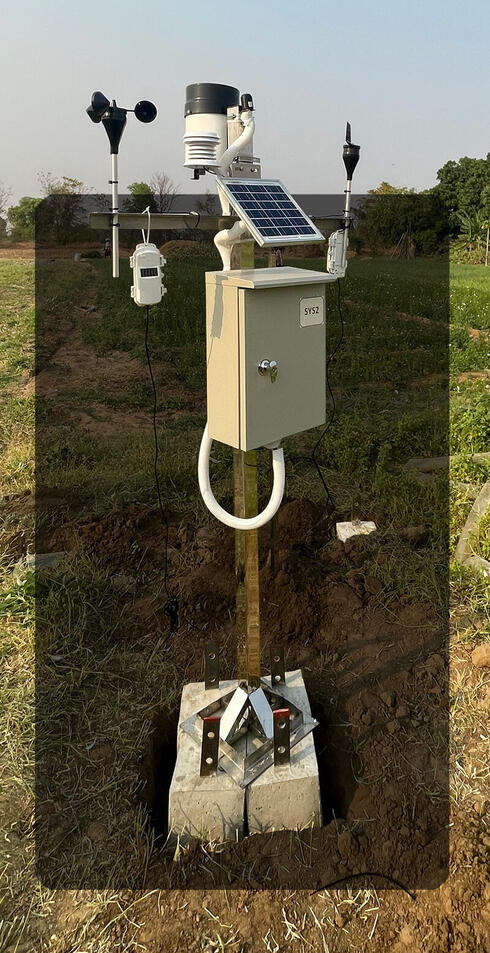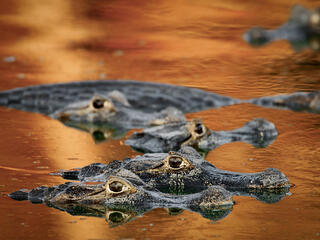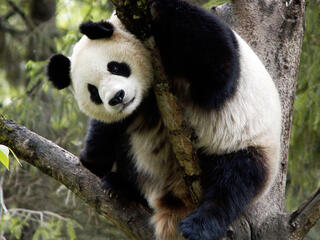A tool for all seasons
With training from WWF, community-based scientists collect and analyze a wealth of data from these weather stations—data that can be used to develop climate adaptation strategies, improve agricultural planning, or observe climate trends.
- Temperature and relative humidity sensor
- Solar radiation sensor
- Barometer
- Wind speed sensor
- Wind vane
- Rain gauge
- Soil moisture and temperature sensor
Providing advance warning
The stations send out SMS notifications when they detect certain conditions, such as extreme heat or drops in barometric pressure. In the event of severe weather, scientists can alert local people, giving them time to prepare.
Preparing an at-risk nation
Myanmar is among the countries most vulnerable to the climate crisis. Extreme weather events, including stronger rainstorms, droughts, floods, and cyclones, have become more frequent in recent decades, threatening ecosystems, human health, food security, and the economy.
Supporting farmers
As climate change makes monsoon seasons less predictable, farmers are suffering from declining crop yields and economic losses. With more precise data from weather stations, they can make better-informed decisions about where to sow crops or when to irrigate them, reducing crop failures while conserving valuable freshwater resources.



